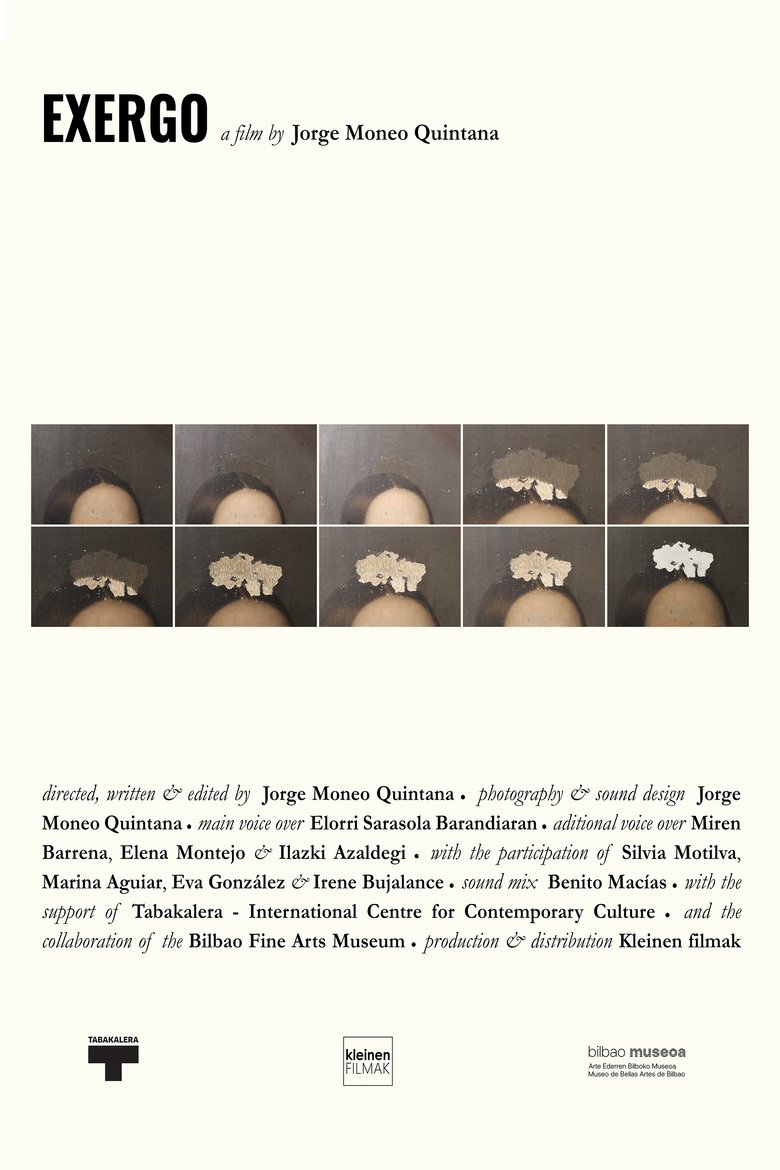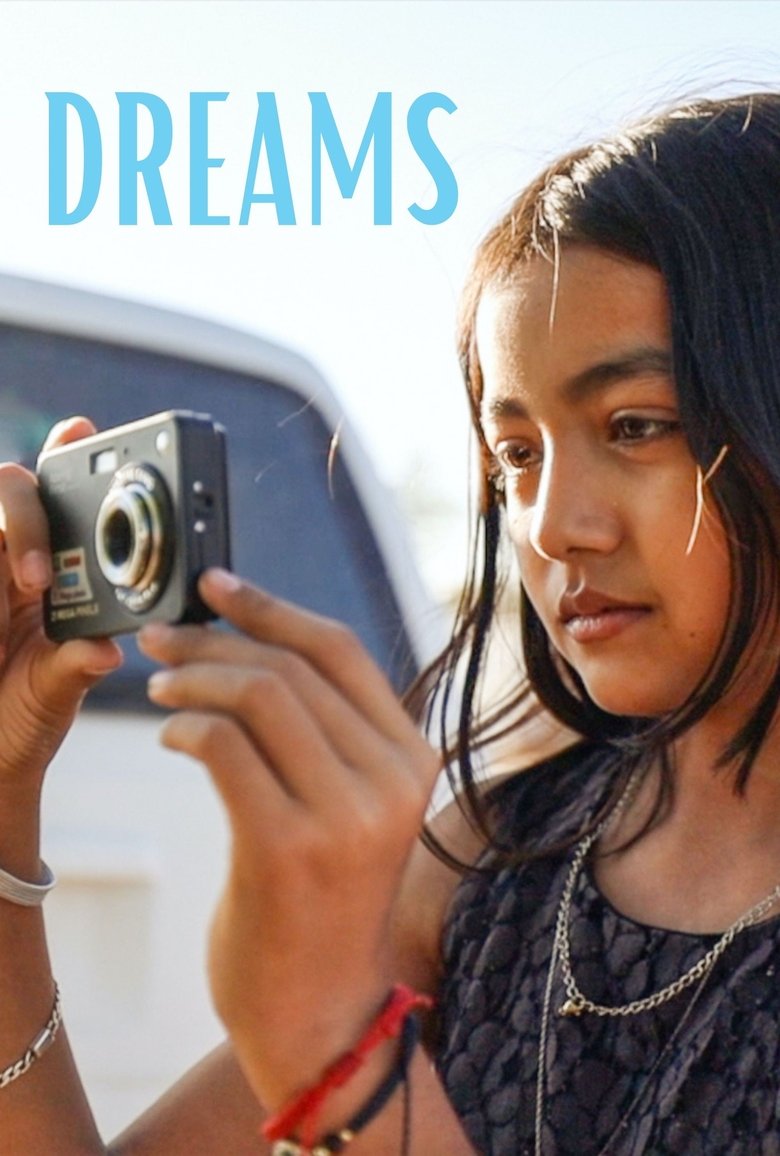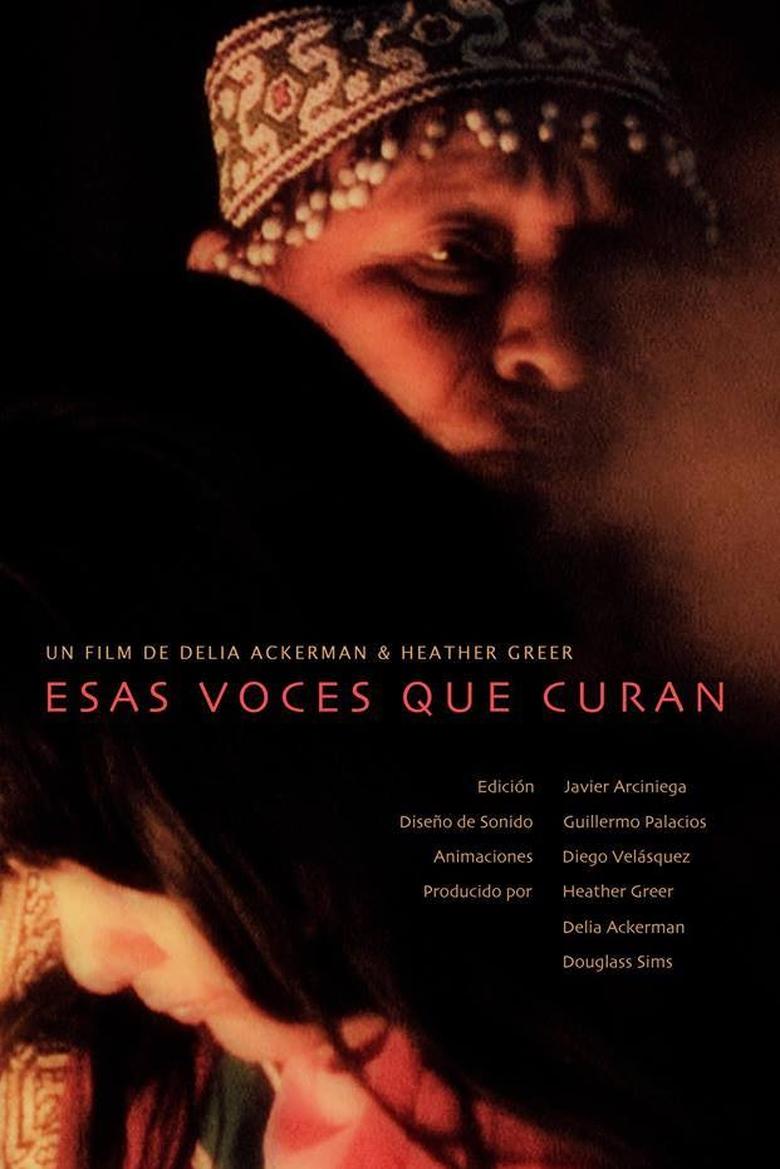
The Federal Court Hearing
2012
0h 20m
Amid a severe housing crisis that made international headlines in 2011, the federal government imposed third-party management on the Attawapiskat First Nation. In response, the First Nation’s leadership filed a challenge in federal court, claiming the appointment was unreasonable, contrary to law and harmful to community members. Alanis Obomsawin documents the remarkable judicial review that ensued in April 2012 in this companion work to her feature documentary The People of the Kattawapiskak River.
If current server doesn't work please try other servers beside.
Similar Movies

Café: Cantos de humo
In the town of San Miguel Tzinacapan, in Puebla’s Nahua Mountain Range, a family lost its father. His absence transforms the lives of those who were so deeply connected to him. Tere, now in charge of the family, must make money by selling crafts. Jorge is about to finish school and will soon have to choose his own path. Chayo, 16, must make an important decision. A year has passed, and the members of the family have been able to redefine themselves, finding their own destiny while always venerating their father’s memory.
Rating:
5.0/10
Votes:
2
Year:
2014

Almas Deslocadas
Located in Carcavelos, Quinta Nova de Santo António, or Quinta dos Ingleses, as it is recognized by the population, shelters a small community of people affected by the housing crisis. Natives and immigrants, deprived of a roof over their heads, carry on with their lives in search of better opportunities and a breeze of change. Guided by residents' voices, this documentary is based on the adaptability of human beings in the face of life's adversities and their constant pursue of happiness.
Rating:
10.0/10
Votes:
1
Year:
2024

Exergo
Departing from peripheral details of some paintings of the Bilbao Fine Arts Museum, a female narrator unravels several stories related to the economic, social and psychological conditions of past and current artists.
Rating:
0.0/10
Votes:
0
Year:
2024

Toorumi Pojad
In the same vein as Meri's other documentations, this one takes advantage of the glasnost policy to discuss the social and ecologic impact of the Russian oil industry on the natives and the lands they inhabit.
Rating:
0.0/10
Votes:
0
Year:
1989

Eami
Eami means ‘forest’ in Ayoreo. It also means ‘world’. The story happens in the Paraguayan Chaco, the territory with the highest deforestation rate in the world. 25,000 hectares of forest are being deforested a month in this territory which would mean an average of 841 hectares a day or 35 hectares per hour. The forest barely lives and this only due to a reserve that the Totobiegosode people achieved in a legal manner. They call Chaidi this place which means ancestral land or the place where we always lived and it is part of the "Ayoreo Totobiegosode Natural and Cultural Heritage". Before this, they had to live through the traumatic situation of leaving the territory behind and surviving a war. It is the story of the Ayoreo Totobiegosode people, told from the point of view of Asoja, a bird-god with the ability to bring an omniscient- temporal gaze, who becomes the narrator of this story developed in a crossing between documentary and fiction.
Rating:
5.9/10
Votes:
7
Year:
2022

O Índio Cor de Rosa Contra a Fera Invisível: A Peleja de Noel Nutels
Public health physician Noel Nutels' ideas and the footage he made of Brazilian indigenous peoples between 1940 and 1970 come together to denounce the historic massacre against native communities.
Rating:
0.0/10
Votes:
0
Year:
2020

The People of the Kattawapiskak River
Alanis Obomsawin’s documentary The People of the Kattawapiskak River exposes the housing crisis faced by 1,700 Cree in Northern Ontario, a situation that led Attawapiskat’s band chief, Theresa Spence, to ask the Canadian Red Cross for help. With the Idle No More movement making front page headlines, this film provides background and context for one aspect of the growing crisis.
Rating:
0.0/10
Votes:
0
Year:
2012

In Jesus’ Name: Shattering the Silence of St. Anne's Residential School
A poignant all-Indigenous English and Cree-English collaborative documentary that breaks long-held silences imposed upon indigenous children who were interned at the notoriously violent St. Anne’s Residential School in Fort Albany First Nation, Ontario. Use of a homemade electric chair at St. Anne's and the incorporation of testimony about student-on-student abuse makes this documentary stand apart from other films about Canadian residential school experiences. This film will serve as an Indigenous historical document wholly authored by Indigenous bodies and voices, those of the Survivors themselves.
Rating:
0.0/10
Votes:
0
Year:
2017

Start Wearing Purple
Choosing hope over despair, Berliners are banding together to get their houses back from big investors. [...] This documentary film follows five Berlin citizens of different backgrounds, countries, and diverse stories. They find themselves among almost two thousand similarly dedicated people to fight together for one cause. While their personal motivations differ, they all believe they can convince Berlin that the only way to make housing affordable again is to drive real estate companies out of their city. The stakes are high, the movement is strong. But with almost nothing in their hands, they have to prevail against an overwhelming opposition of the real estate lobby and politicians willing to sell out the city they call home.
Rating:
0.0/10
Votes:
0
Year:
2022

Resident Orca
Resident Orca tells the unfolding story of a captive whale’s fight for survival and freedom. After decades of failed attempts to bring her home, an unlikely partnership between Indigenous matriarchs, a billionaire philanthropist, killer whale experts, and the aquarium’s new owner take on the impossible task of freeing Lolita, captured 53 years ago as a baby, only to spend the rest of her life performing in the smallest killer whale tank in North America. When Lolita falls ill under troubling circumstances, her advocates are faced with a painful question: is it too late to save her?
Rating:
0.0/10
Votes:
0
Year:
2024

Dreams
These are the future leaders of their communities. Ever wonder what it’s like to walk a day in their shoes? How the world looks through their eyes? We were curious. So, we asked them.
Rating:
0.0/10
Votes:
0
Year:
2021

La medicina del perdón
Benito Arévalo is an onaya: a traditional healer in a Shipibo-Konibo community in Peruvian Amazonia. He explains something of the onaya tradition, and how he came to drink the plant medicine ayahuasca under his father's tutelage. Arévalo leads an ayahuasca ceremony for Westerners, and shares with us something of his understanding of the plants and the onaya tradition.
Rating:
0.0/10
Votes:
0
Year:
2001

Esas voces que curan
Herlinda Augustin is a Shipibo healer who lives with her family in Peruvian Amazonia. Will she and other healers be able to maintain their ancient tradition despite Western encroachment?
Rating:
0.0/10
Votes:
0

Amazonia: Healing with Sacred Plants
Psychologist and anthropologist Alberto Villoldo talks with traditional healers of Madre de Dios, a department within in Peruvian Amazonia. They and Dr. Villoldo explain aspects of ayahuasca, a powerful, plant-based medicine of crucial importance.
Rating:
0.0/10
Votes:
0
Year:
2015

Habilito: Deuda por Vida
Documents the conflicts and tensions that arise between highland migrants and Mosetenes, members of an indigenous community in the Bolivian Amazon. It focuses particularly on a system of debt peonage known locally as ‘habilito’. This system is used throughout the Bolivian lowlands, and much of the rest of the Amazon basin, to secure labor in remote areas.
Rating:
0.0/10
Votes:
0
Year:
2010

Black Man's Houses
In 1832 the government of Van Diemen’s Land sent the last Aboriginal resistance fighters into exile at Wybalenna on Flinders Island, bringing an end to the Black War and opening a new chapter in the struggle for justice and survival by Tasmanian Aboriginal people. Black Man’s Houses tells a dramatic story of the quest by Aboriginal people to reclaim the graves of their ancestors against a background of racism and denial. Documenting a moving memorial re-enactment of the funeral of the great chief Manalargenna, the film also charts the cultural strength and resilience of his descendants as they are forced to fight for recognition in a society that is not ready to remember the terrible events of the past.
Rating:
0.0/10
Votes:
0
Year:
1993

Sonho de Fogo
Rating:
0.0/10
Votes:
0
Year:
2020

Großstadt Odysseus
Successfully completed your studies - now what? Raffly already has a lucrative job offer from a large German company, but neither an apartment nor a work permit.
Rating:
0.0/10
Votes:
0
Year:
2024

Augusta
This short documentary is the portrait of an 88-year-old woman who lives alone in a log cabin without running water or electricity. Augusta is a non-status Shuswap Indian living in the Williams Lake area of British Columbia. She recalls past times, but lives very much in the present. Self-sufficient, dedicated to her people, she spreads warmth wherever she moves, with her songs and her harmonica.
Rating:
0.0/10
Votes:
0
Year:
1976

Funeral Bororo
Rating:
0.0/10
Votes:
0
Year:
1953
If current server doesn't work please try other servers beside.